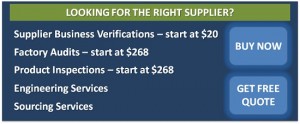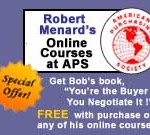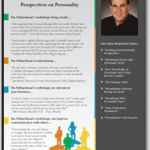Editor’s note: Valery Zelixon is a frequent contributor to this blog. SupplierEvaluations.com specializes in qualifying, evaluating, and helping small and medium size companies to select the best low cost county suppliers.
The internet has drastically altered the paradigm of international trade. While it has become an enabler for many things that were not remotely possible before, it has also opened the flood gates for people who want to make money more than make a difference. While big businesses have established a fairly good system to cull the imposters and risky companies in their supplier selection processes, small to medium size companies remain the most vulnerable when qualifying new suppliers, especially in the international setting.
Sample contact from suppliers who do not get it about western procurement
Every day at SupplierEvaluations.com, we receive messages of this type from suppliers in every possible category (spelling and language sic):
“Dear Sirs/Madam,
Greetings, we are pleased to introduce our company ABC who established itself in 1974.We are manufacture cum exporters, having latest machinery and can produce Surgical Instruments, Dental Instruments, veterinary Instruments, medical gloves, knife, plier, including scissors, plier of all description and covering hollow ware as well commonly used in hospital and clinic. We also export resalable common surgical instruments and all types of common scissors. Good prices and excellent quality.”
English proficiency aside, the essence of the offering remains the same – buy from us, we offer low price and great quality. Interestingly enough, this is true for both small and large companies from areas like China, Bangladesh, India, Pakistan, Brazil. These suppliers believe that having a product is enough to get western buyers. In most cases these suppliers have a really tough time understanding what it takes to do business with the west.
How SupplierEvaluations.com serves the small to mid size business buyers
- Develops reliable supplier qualification and evaluation processes to research and disclose important facts about prospective suppliers.
- Provides supplier directory with built in search engine. Only suppliers that provide complete and responsive data survive our approval process. Buyers can then communicate with suppliers on our site to begin the business relationship
- Offers a variety of services that help buyers select the best supplier for their needs:
- Writes simple supplier verification reports that verify supplier status. We collect data from multiple sources and aggregate them in a concise format.
- Screen for scam. This service has an added benefit of local resource calling the company in question in their own language and making sure this is not an imposter. Many present themselves as actual manufacturers while in reality they can use a stolen identity or be a front for business that cannot export goods outside the country.
- Inspect supplier business operation. We send an inspector with camera to take as many pictures as possible to give buyers an idea of the operation they are going to work with. This becomes a very beneficial tool when you have certain quality expectations.
- Audit resellers and trading companies. We send an inspector to check out the reseller. You’d be surprised to learn how often they are not who they say they are
- Audit supplier quality processes and practices. We help you ensure that you get what you think you will get. This service helps aligning your quality standards with this supplier’s standard. More often than not, it is an on-going process that you should be ready for.
One of the key benefits that buyers will get from our site is in having a one stop shop for their supplier management and qualification needs. We offer supplier evaluations as a part of supplier management service with simple wizards to manage supplier performance online.















